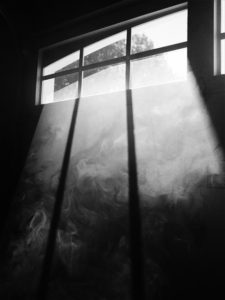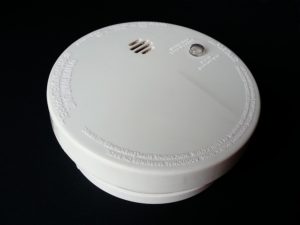 Fire is dangerous, that’s obvious enough, but few people understand the dangers of smoke damage after a fire. At Project X Restoration in Denver, we want you and your family to be protected not only from fire but also from the issues that can occur after you have survived a fire in your home.
Fire is dangerous, that’s obvious enough, but few people understand the dangers of smoke damage after a fire. At Project X Restoration in Denver, we want you and your family to be protected not only from fire but also from the issues that can occur after you have survived a fire in your home.
Did You Know?
When people think of house fires, many focus on the flames burning things to ash, but did you know that smoke from the fires is often the true killer in house fires?
Smoke is the leading cause of death in fires; it surpasses burns by a 3:1 ratio. Many people also understand that direct exposure to smoke is harmful to your respiratory system, but did you know that the smoke could cause issues with your home’s structure? Smoke from a fire contains carbon monoxide, carbon dioxide, and soot. Whatever burns in the fire can also release harmful chemicals that are dangerous when inhaled but also cling to walls, furniture, ductwork, clothing, and more.
Knowing more about the dangers of smoke after a fire can help when it comes to restoring your home to its pre-loss state.
Flow of Smoke
Hot air rises so smoke damage commonly occurs in the following locations:
- Directly above the fire. This assumes there were no strong air currents flowing through the structure. The highest concentration of smoke will usually be found on the ceiling over the flames.
- Outside windows and walls. Cold air descends below warm air. This will allow a path for the smoke to travel to exterior walls. This occurs even if the fire occurs in the center of a large room. The exterior windows and walls will still often incur smoke damage and contain heavy amounts of smoke residue.
Temperature and Airflow Determines Much
One of the most surprising things about the dangers of smoke damage after a fire is where else in your home it can be found. Some of this makes sense once you understand how temperature and airflow interact with the surrounding environment. Additional heavy smoke damage occurs in the following areas, which can be unexpected, but again, makes sense once you understand.
- Enclosed spaces: Closed closets, wall cavities, and dresser drawers may seem like places which would incur very little damage, but in fact, these areas will frequently sustain more damage than the area where the fire actually burned. Part of this is because air and smoke particles in warm air move faster. The particles are kept in circulation because of the warm temperature. Smoke naturally moves towards cooler areas and as the particles move into enclosed, cool spaces they slow down and come to rest.
- Behind drapes and blinds: Because of the cooler temperatures and often because of the material involved, smoke damage can be quite high.
- In ducts: Also due to cooler temperatures, smoke will frequently come to rest in the ductwork. Following a fire, a thorough inspection should be performed to figure out the true extent of your home’s smoke damage.
If you have had a fire and are experiencing the dangers of smoke damage after a fire, contact us at Project X Restoration in Denver. We can help you sort through how best to restore and repair your home following a fire.
